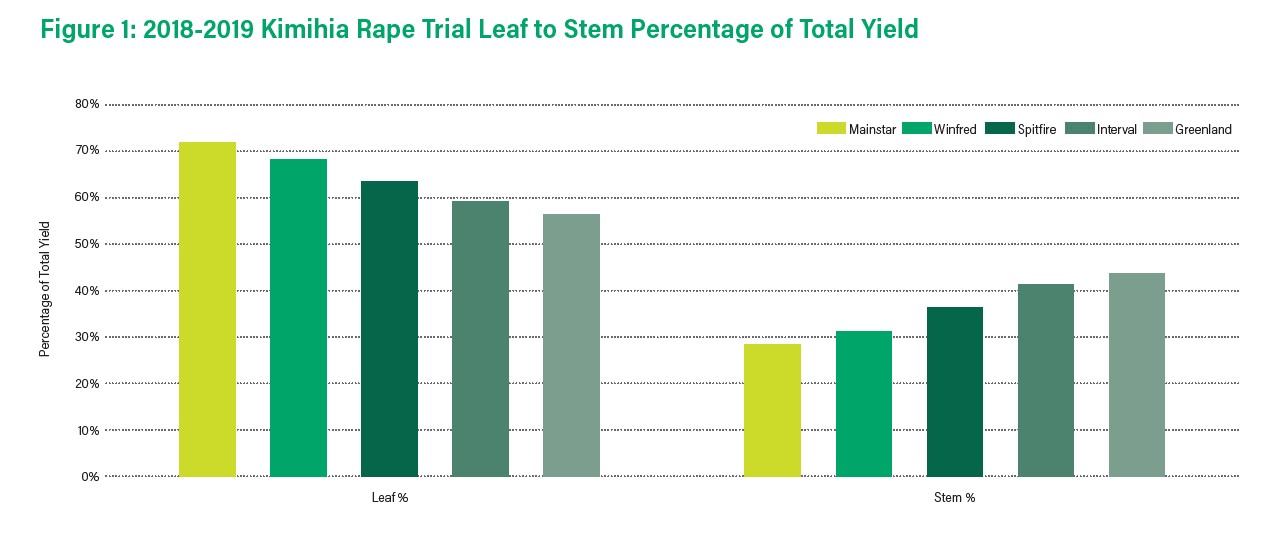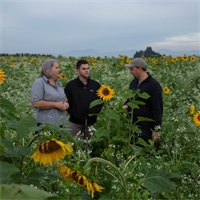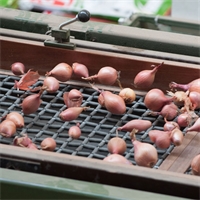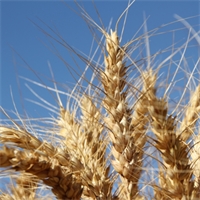27Nov
High yielding rapes for excellent summer feed
Words and images supplied by Agricom
When it comes to selecting a rape cultivar for summer feed, it is important to base this decision on the potential yield needed at key times.
There are, however, other important factors to take into consideration. One that is often overlooked is the quality and palatability of the stem. Another key trait that must be considered is the plant’s natural ability to combat aphid pressure. When properly balanced, these three factors will not only ensure a reliable yield but will maximise the plant’s quality and it’s re-growth potential.
Spitfire and Mainstar forage rapes from high leaf proportion in the crop at grazing. Many cultivars can look just as impressive for height and yield at grazing but can disappoint farmers with the amount of the crop that stock are reluctant to eat. The most important determinant for the real productivity of a forage rape is the proportion of leaf to stem and how much is eaten by animals—often described as the edible dry matter. Famers have found that their stock perform very well on Mainstar and Spitfire, which is mainly down to the high proportion of green leaf in the diet.
Mainstar is Agricom’s new early-maturing rape cultivar with the time to first grazing being 10 to 12 weeks. If managed correctly, Mainstar can be grazed three times and, for some a 4th grazing is possible if mixed with herbs such as Ecotain® environmental plantain. This provides a much wider grazing window starting in early summer and going through autumn into early winter. It has been noted in grazing preference trials the vast difference in crop residue post- graze when animals have a choice of which cultivars to graze.
Spitfire can be planted in spring to provide grazings over summer. The time to first grazing is 13 to 14 weeks and often two good grazings can be achieved before shutting up for winter feed or being direct drilled into in early autumn for winter feed. Establishment and management are similar to other rapes, except that aphid spraying is likely to be required at a lower frequency while some stressed crops may still need an insecticide. Spitfire is ideal for situations where the feed pinch occurs in mid-summer and animal feed requirements are high.
The forage rape grazing management defined by Agricom’s research should be followed to maximise stock performance and crop regrowth. Herbs and clovers can also be planted with Spitfire and Mainstar to produce a high-quality pasture after the rape has thinned out.
Having both an early maturing multi-graze type in Mainstar and a high yielding summer dominant variety in Spitfire gives farmers options. Rape is widely respected as a crop that is very tolerant to drought conditions and in times of uncertainty, becomes an integral part of many farm systems. If farmers are after proven, modern, high-performance rape cultivars with crucial added benefits, they should look no further than Spitfire or Mainstar.
For more information on Spitfire or Mainstar contact your local Ruralco Representative

FIGURE 1: Shows how the yield of each cultivar in the trial was made up between the leaf and the stem. The average yield in 86 days was 11 t DM/ha and, as can be seen in the Mainstar data, the majority of yield comes from the leaf, which in turn results in more being consumed.
Related

Energy consumers have the opportunity for more choice of energy companies, thanks to the recent deci...
Read More

The risk of nitrogen (N) leaching from urine patches, deposited while stock are grazing winter crops...
Read More

Long-held features on local calendars for showcasing the district’s agricultural strengths, reinfor...
Read More

In the past months, the ability of New Zealanders to access and afford quality fresh food has been i...
Read More

Deep-rooting crops such as cereals can access nitrogen deep in the soil profile, so a deeper soil te...
Read More

For the next three months we will look at the following: fodder crops, pre-emergence sprays on autum...
Read More